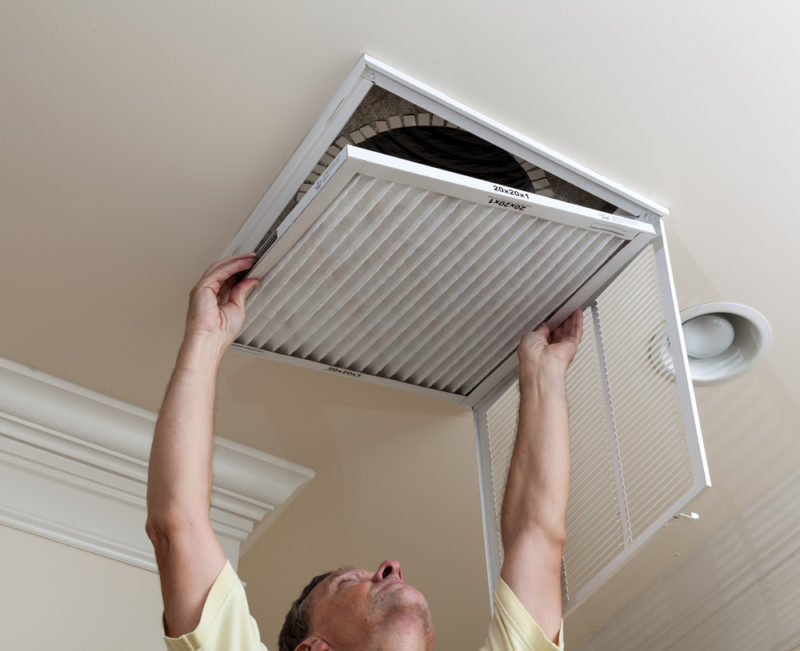Newer HVAC units are designed to be very energy efficient. However, a new unit is not an option for every homeowner. Fortunately, you can take steps to improve and maximize the efficiency of the existing HVAC unit in your Nacogdoches Texas, home.
Change Your Air Filter
Most homeowners are aware that they should regularly change their air filter. However, many do not realize its importance in increasing overall efficiency. Your air filter stops dust and debris from making it into your home’s air. Over time, these blocked pollutants build up on the filter. Your unit then has to work harder to push clean air out.
Failing to change the air filter eventually leads to poorer air quality and a decrease in efficiency. Most professionals recommend changing your air filter every 90 days, on average. However, households with pets or allergies may need to change it more often.
Keep Up With Routine Maintenance
It may be tempting to put off scheduling your HVAC unit’s preventative maintenance, especially when you are busy. However, routine maintenance can significantly affect your home’s efficiency levels. Making minor tune-ups and repairs can also help your current unit last longer, saving you money in both monthly energy costs and repairs.
During a routine maintenance appointment, your technician will complete tasks like cleaning drain lines, checking refrigerant levels, and calibrating the HVAC system. The technician may also make recommendations on how you can help to maintain the cleanliness of your HVAC unit.
Invest in a Programmable Thermostat
A programmable thermostat can also increase your home’s efficiency. Reducing the temperature in your home by even a few degrees can make a big difference in your monthly heating and cooling bills. Some thermostats are even designed to monitor your household’s habits. With a thermostat that automatically adjusts when occupants are away from the home or asleep, you can improve your system’s efficiency without any extra effort. You can also manually pre-set your thermostat to adjust at a specific time or day.
Wi-Fi programmable thermostats also allow you to access your settings remotely. You can monitor your current schedule and make adjustments right from your smartphone. You can also prepare for your arrival by increasing the temperature as you near home.
Seal All Household Gaps
Small household gaps allow your HVAC unit’s air and heat to escape. As a result, the unit has to work harder to achieve the set temperature. Small gaps may be present around your windows and doors. It is also possible to lose air through your air ducts or fireplace chimney. Take a walk around your house and identify any possible exit points.
Fortunately, many of these gaps can be easily fixed with some caulk. You can place weatherstrips underneath doors to block out cold drafts. Foam gaskets can be used to block out air loss from outlets and switch plates. Scheduling a professional to evaluate your duct sealing can also help you determine if you are losing air flow through your air ducts.
Use Household Fans
Using a ceiling fan in combination with a programmable thermostat is a great way to maximize efficiency. Setting up ceiling fans can help to circulate cool air during the hot summer months.
Ceiling fans are also useful during the winter months. Hot air tends to rise, which can make it difficult to heat a home with high ceilings during the winter months. Using a fan can help to push the hot air efficiently around the room. When using a ceiling fan, you can usually drop your thermostat a few degrees without noticing any difference in your home’s comfort.
These are just a few of the many things that you can do to increase the efficiency of your Nacogdoches, Texas, home. Regularly changing your air filter, keeping up with routine maintenance, investing in a programmable thermostat, sealing any household gaps, and using household fans can all improve the comfort of your home while also cutting your home energy costs. Call McWilliams & Son Heating & Air Conditioning today at 877-936-1974 to further evaluate your home efficiency needs.
Image provided by Shutterstock



